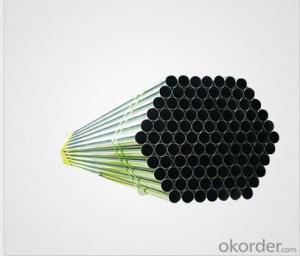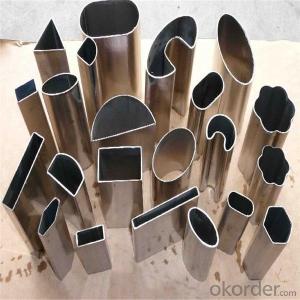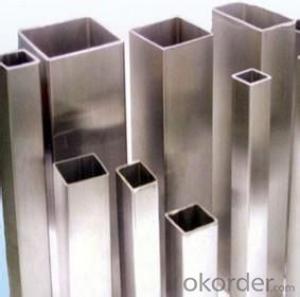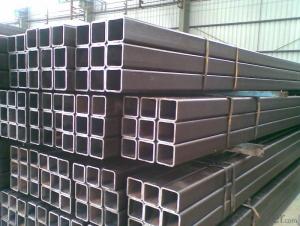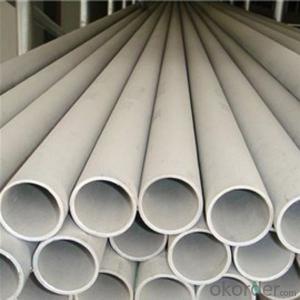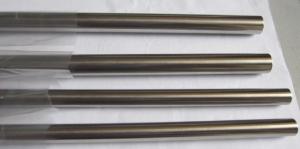Stainless Steel Pipe Chart
Stainless Steel Pipe Chart Related Searches
Best Paint For Stainless Steel Blanket Insulation For Steel Buildings Primer For Galvanized Steel Foam Filter For Stainless Steel H S Code For Stainless Steel Surface Grinding Wheels For Stainless Steel Surface Grinding Wheels For Hardened Steel Hole Saw For Stainless Steel Paint For Stainless Steel Stainless Steel For BbqHot Searches
Steel Mesh Panels For Sale Price For Stainless Steel Scrap Scrap Price For Stainless Steel Price For Stainless Steel Stainless Steel Tank For Sale Stainless Steel Sheets For Sale Cheap High Tea Sets For Sale Stainless Steel Tanks For Sale Stainless Steel For Sale High Density Fiberboard For Sale Solar Hot Water Collectors For Sale Scaffolding For Sale In Uae Scaffolding For Sale In Ireland Scaffolding For Sale In Houston Type Of Inverter For Solar Price Of Shipping Containers For Sale Types Of Inverter For Solar Stock Price For Aluminum Used Solar Inverter For Sale Steel Mesh Panels For SaleStainless Steel Pipe Chart Supplier & Manufacturer from China
Okorder.com is a professional Stainless Steel Pipe Chart supplier & manufacturer, offers integrated one-stop services including real-time quoting and online cargo tracking. We are funded by CNBM Group, a Fortune 500 enterprise and the largest Stainless Steel Pipe Chart firm in China.Hot Products
FAQ
- What is stainless steel decorative tube? What uses does it have?
- For the steel to withstand the pressure to the hydraulic test to test its ability and quality, leakage, soaked or expansion for qualified does not occur at the prescribed pressure, some steel according to the requirement of standard or edge test, flaring test and flattening test.Seamless stainless steel tube, also called stainless steel seamless pipe, is made of ingot or solid tube blank by piercing, and then made by hot rolling, cold rolling or cold casting. Specifications for seamless steel tubes are expressed in millimeters of outer diameter * wall thickness.
- Yes, stainless steel pipes can be used for structural applications. Stainless steel is known for its high strength-to-weight ratio, corrosion resistance, and durability, making it a suitable material for various structural applications. Stainless steel pipes are commonly used in construction, infrastructure, and industrial projects, where the pipe's strength and resistance to corrosion are crucial. They are often used for structural supports, frameworks, and load-bearing applications in buildings, bridges, stadiums, and other structures. Additionally, stainless steel pipes have excellent structural integrity, allowing them to withstand heavy loads, extreme temperatures, and harsh environmental conditions. Therefore, stainless steel pipes are a reliable choice for structural applications.
- Pharmaceutical storage tanks can utilize stainless steel pipes. The pharmaceutical industry highly favors stainless steel due to its exceptional resistance to corrosion, long-lasting nature, and ability to uphold cleanliness. Its non-reactive properties are advantageous in preventing contamination of stored pharmaceutical products. Furthermore, stainless steel pipes possess a smooth surface that is easy to clean, making them ideal for maintaining the necessary hygiene standards in pharmaceutical storage. Additionally, stainless steel can endure extreme temperatures and withstand the demanding cleaning procedures commonly employed in pharmaceutical facilities. Consequently, stainless steel pipes are widely employed in constructing pharmaceutical storage tanks to guarantee the safety and preservation of the stored pharmaceutical products.
- The main difference between 321 and 347 stainless steel pipes lies in the composition of their alloys. Both stainless steel grades are stabilized with titanium, which prevents the formation of harmful chromium carbides at high temperatures. However, 347 stainless steel contains additional columbium (niobium) which provides enhanced intergranular corrosion resistance. This makes 347 stainless steel pipes suitable for applications where exposure to high temperatures and corrosive environments is expected, such as in the petrochemical industry or in exhaust systems. On the other hand, 321 stainless steel pipes offer excellent resistance to oxidation and scaling at elevated temperatures, making them ideal for applications involving continuous high heat exposure, such as in aircraft exhaust systems or furnace parts. Overall, the choice between 321 and 347 stainless steel pipes depends on the specific requirements of the application, with 347 offering superior intergranular corrosion resistance and 321 providing better oxidation resistance.
- There are several factors that contribute to the maximum pressure rating of stainless steel pipe fittings, including the material grade, size, and temperature. In general, stainless steel pipe fittings have the ability to handle high-pressure applications due to their strength and resistance to corrosion. The pressure rating of these fittings can vary greatly, ranging from 150 psi to as high as 10,000 psi, depending on the specific fitting and its intended use. To determine the maximum pressure rating for a particular stainless steel pipe fitting, it is important to refer to the manufacturer's documentation or industry standards such as ASME B16.11 or ASME B16.9. Additionally, when working with high-pressure systems, other factors such as the sealing method, compatibility with the conveyed fluid, and any necessary safety precautions must be taken into consideration.
- Yes, stainless steel pipes can be threaded. Threading is a common process used to create a screw-like groove on the outside of the pipe, allowing it to be connected to other fittings or components. Stainless steel is a versatile material that can be threaded using various methods, such as cutting or rolling, to accommodate different applications and industry standards.
- Indeed, solar thermal systems can utilize stainless steel pipes. Because of their ability to resist corrosion, endure high temperatures, and exhibit durability, stainless steel pipes are commonly opted for as piping in solar thermal systems. These systems harness the sun's heat to produce hot water or offer space heating, and stainless steel pipes are capable of withstanding the immense pressures and elevated temperatures inherent in such systems. Furthermore, the exceptional longevity of stainless steel pipes renders them a dependable choice for solar thermal applications.
- Stainless steel pipes offer numerous benefits when utilized in the automotive industry. Firstly, their exceptional resistance to corrosion ensures long-lasting durability. This is especially crucial in vehicles exposed to diverse environmental conditions, such as rain, snow, and road salt. By incorporating stainless steel pipes, manufacturers can guarantee that the exhaust system and other components remain in optimal condition for an extended period. Secondly, stainless steel pipes exhibit remarkable resistance to high temperatures. They can endure the extreme heat generated by the engine and exhaust system without corroding or deforming. Consequently, they are suitable for various vehicle parts, including exhaust manifolds, catalytic converters, and mufflers. Moreover, stainless steel pipes possess superior strength and impact resistance. They can withstand intense vibrations and shocks experienced during vehicle operation. This is vital for preserving the structural integrity of the vehicle and preventing potential failures or leaks. Additionally, stainless steel pipes offer excellent formability, enabling easy shaping and fabrication into complex designs. This versatility makes them suitable for various automotive applications, such as fuel lines, coolant systems, and hydraulic systems. Their malleability also reduces the requirement for additional components, resulting in cost savings during the manufacturing process. Furthermore, stainless steel pipes enhance the aesthetic appeal of vehicles. They provide a sleek and polished appearance that elevates the overall design. This is particularly significant for luxury vehicles and sports cars, where visual appeal plays a substantial role in attracting customers. Lastly, stainless steel pipes are environmentally friendly. They possess high scrap value and can be recycled without compromising quality. This promotes sustainability and reduces the demand for new raw materials, making them an eco-friendly choice for the automotive industry. In conclusion, the utilization of stainless steel pipes in the automotive industry offers advantages such as corrosion resistance, high-temperature resistance, strength and impact resistance, formability, aesthetic appeal, and environmental sustainability. These benefits establish stainless steel pipes as the preferred choice for various applications, contributing to the overall reliability and performance of vehicles.
























